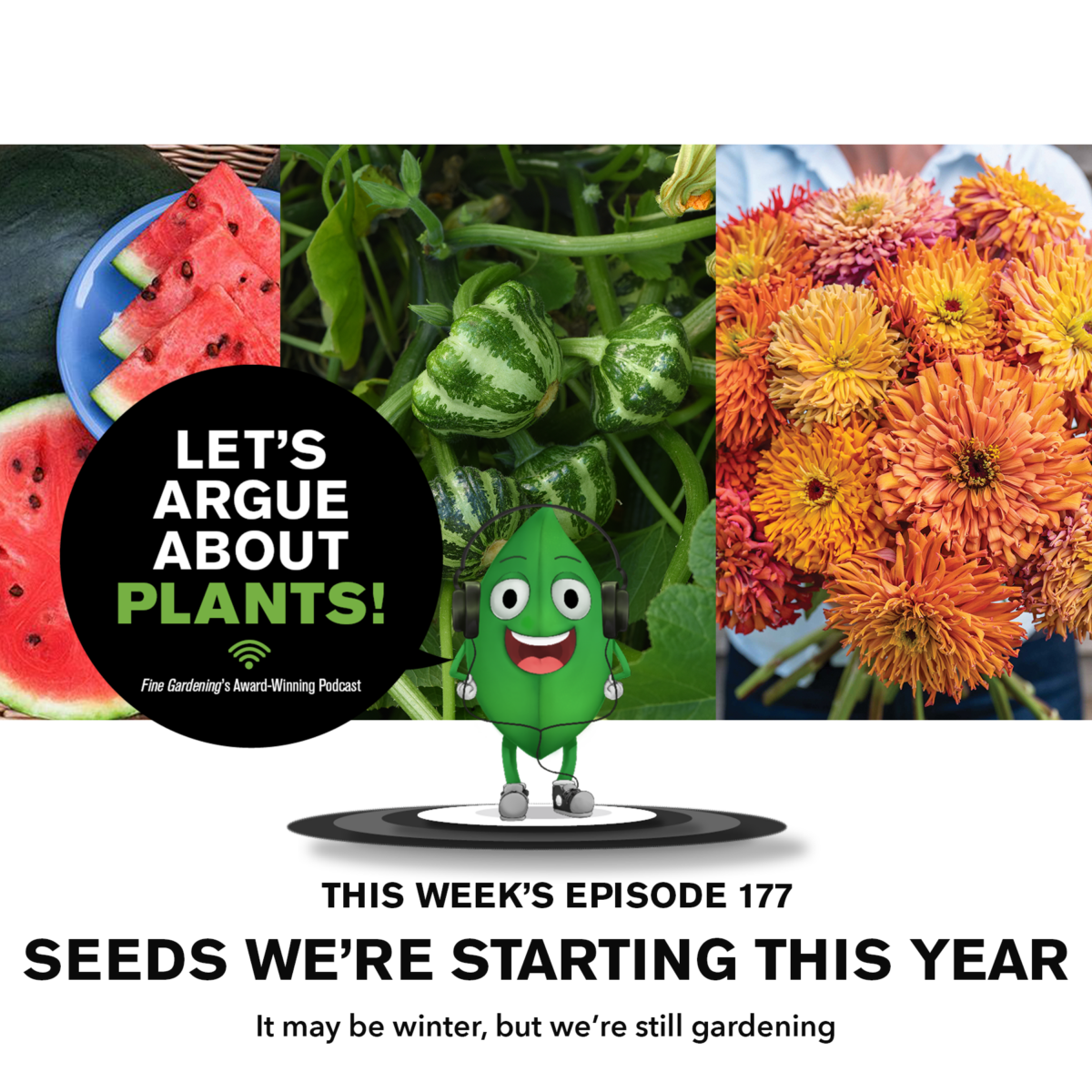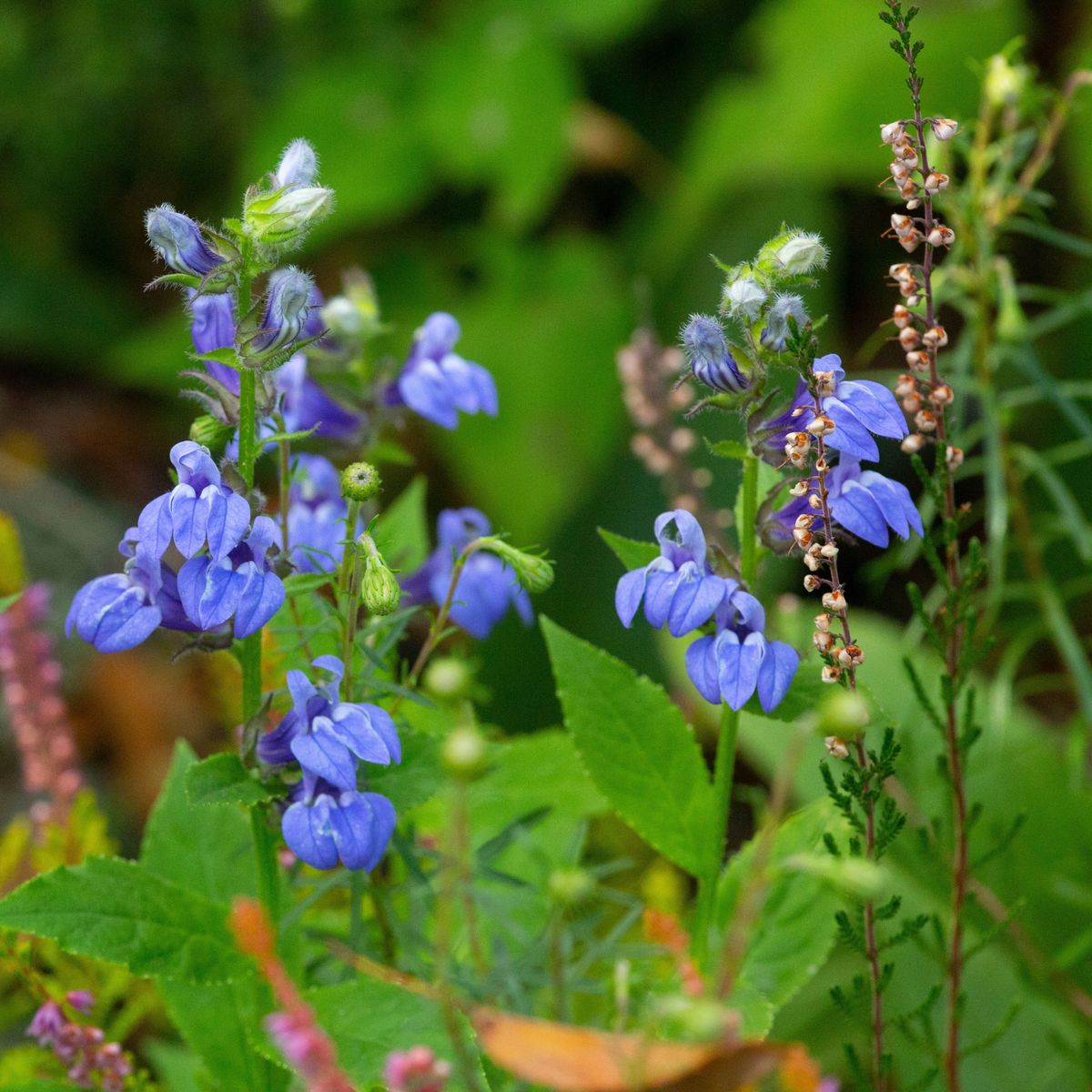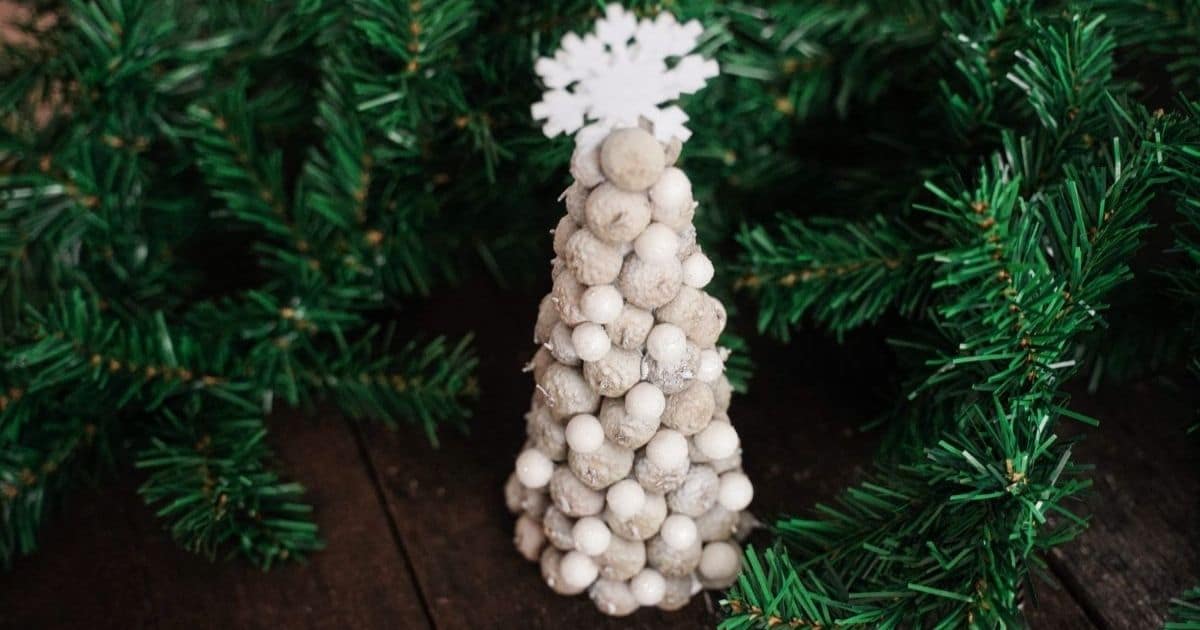This is a question often heard shortly after the new year starts and the colorful bracts on this favorite Christmas flower have begun to fade and fall leaving only the sickly yellow flowerets to exude their sticky juice on window sill or flower stand.
Many persons will answer their own questionby setting their poinsettia on the back porch where the winter winds will soon tell what has been done with it. But other courageous souls will tenderly care for the plant all year, hoping that it will bloom at Christmas, only to be disappointed when no flowers appear. This disappointment is really not necessary, for poinsettias will bloom again at Christmas time for, many years if they are given proper care.
To grow any flowering plant it is very important that one should know something about its native habitat, its soil requirements, and the temperature and amount of water it likes best. The poinsettia is a tropical plant. J. R. Poinsett of South Carolina brought it to the United States from Mexico early in the 19th century. Its tropical origin has much to do with what must be done for your poinsettia if it is to bloom’ several years instead of just one.
Like the gloxinia, the chrysanthemum, and many other plants; the poinsettia needs a long period of rest. In order to get it, the plant must be put to sleep. When its blooming period is over, it should be placed in the basement, a vacant room, or even a closet, where the temperature will not go below freezing or rise to 60 degrees. It will need only enough, water to keep the soil from becoming completely dry. It will lose all of its leaves and will look hopeless, but, if these directions are followed, when spring comes it will prove to be very much alive.
Put Plant Outdoors When spring does come, and the temperature has risen to 60 degrees or more, disturb your poinsettia’s long sleep by taking it outdoors, removing it from its pot and resetting it in a new one at least one size larger; using soil composed of equal parts coarse sand, good garden soil, and leaf mold. Add sheep manure amounting to one sixth of the bulk of the other ingredients. Set your poinsettia in the new pot using this new soil, water it freely, and place it in a protected but fairly sunny location. If temperatures below fifty degrees threaten, protect the plant until the weather becomes warmer again. Always see that your plant has plenty of water during this early period.
Soon, new growth will appear and you can tell what part of the stem or stems is dead. Even if there is no dead wood, it is well to cut off two or three inches of each old stem in order to stimulate side growth. Do not use these tips for “slips” as the plants they make will grow too tall and become leggy.
When new growth gets to be three or four inches long, you must decide what size you want your re-set plant to be, or .you may wish to propagate one or two new plants from cuttings. If your old plant had but one stem, this stem should be cut back until it is only four or five inches long. If your old plant consists of several stems, or branches, each stem or branch should be cut back severely in order that it may not become too large. It was probably produced from a “slip” or cutting and had to produce roots before it could begin to grow. Your old plant already has its roots and can make a growth by Christmas time that will surprise you.
Leave Plant in Pot
Never set your poinsettia in the open – ground. If you do, you will find that when you pot it in the fall; it will lose practically all of its leaves, and, even if it does bloom, a flower on a – leafless stick is not particularly beautiful.
It is well, however, to set the pot containing your poinsettia in the ground within an inch or two of the rim. This will keep its roots cool. Keep your plant well watered, but do not let he soil become waterlogged. Once a week from the time it is `set out until the true flowers_- which are yellow – begin to appear, give your poinsettia a feeding of liquid manure. This will add vigor to your plant and give brighter color to the bracts.
In early fall, when temperatures begin to slide down below sixty degrees, your poinsettia belongs in the house, far low, temperatures cause it to lose its leaves. Place it in a sunny window where it will not be exposed to cold drafts.
Needs Complete Darkness Poinsettias belong to that group of plants, which time their blooming by the shortening of the day. If you want your poinsettia to bloom during the Christmas season, it must have at least twelve hours of complete darkness ` during every twenty-four hours. The government bulletin which deals with this subject says: ” even one minute of light during this dark period will prevent your poinsettia from blooming at Christmas time.” It may bloom later or it may not. Failure to observe this rule is the chief reason for the failure of your poinsettia to bloom. The lack of a long rest period is a close second.
If these directions are followed exactly and no untoward accident befalls your poinsettia, it will bloom not only next Christmas, but with similar treatment each year, for many Christmases. The writer made the same plant bloom for more than ten years during which time it grew to be more than six feet tall and had more blooms each year, some of which were more than a foot across.
Poinsettia Cuttings
If you want to grow cuttings from your old poinsettia, here are some brief rules that will help you: 1. When the new growth reaches a length of four or five inches sever the cuttings you want from the old stems with a sharp knife. 2. Place each cutting in a four-inch pot in which you have put a little sphagnum, or coarse peat moss, then filled with thoroughly moistened sand. Use a rooting hormone if you wish. Do. not thrust your cutting into the sand. Make a hole for it with your finger or a stick. Finally press the sand around it firmly, place a glass over it and set it in a good light, but not in the sun. Water it every morning unless the day is cloudy. 3. Later, when the cutting begins to show real’ growth, transfer it to a six-inch pot using the same – soil mixture that is given for setting of an old plant. If you want to make a gorgeous display, you can place as many as ten cuttings in a ten-inch pot. 4. Cuttings are usually made in July. They should not be made after the middle of August.
by G. H. Marshall, Kansas
“WHAT SHALL I DO with my poinsettia?”












